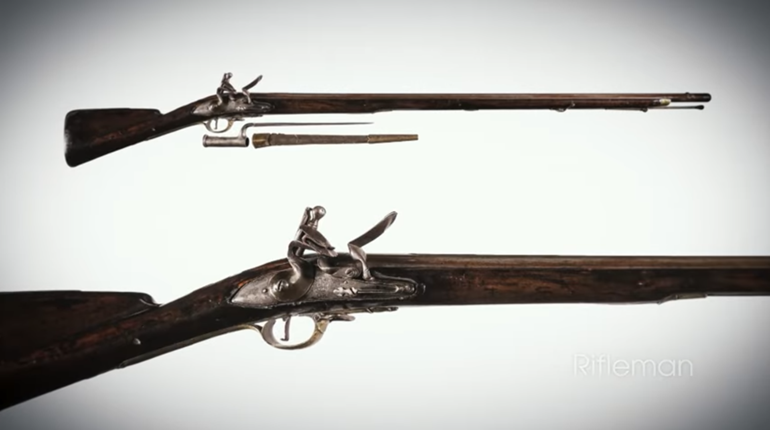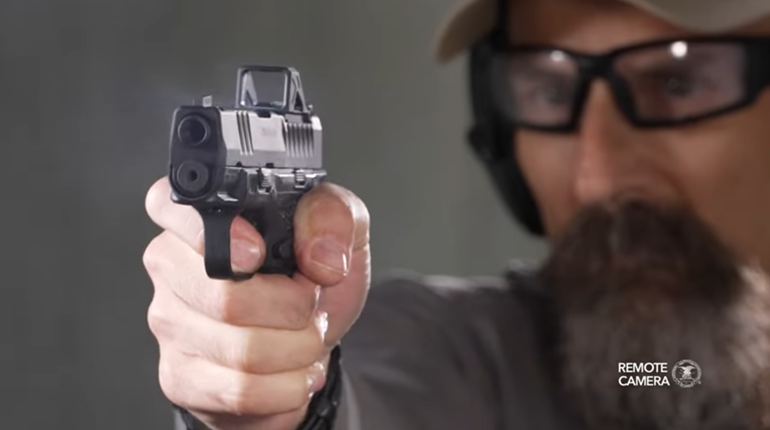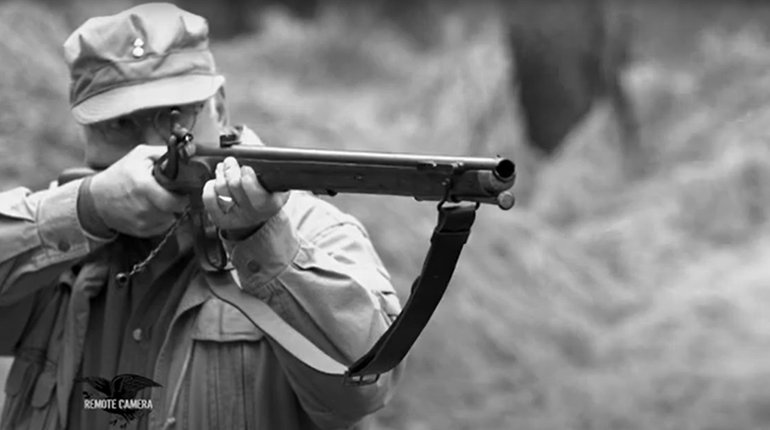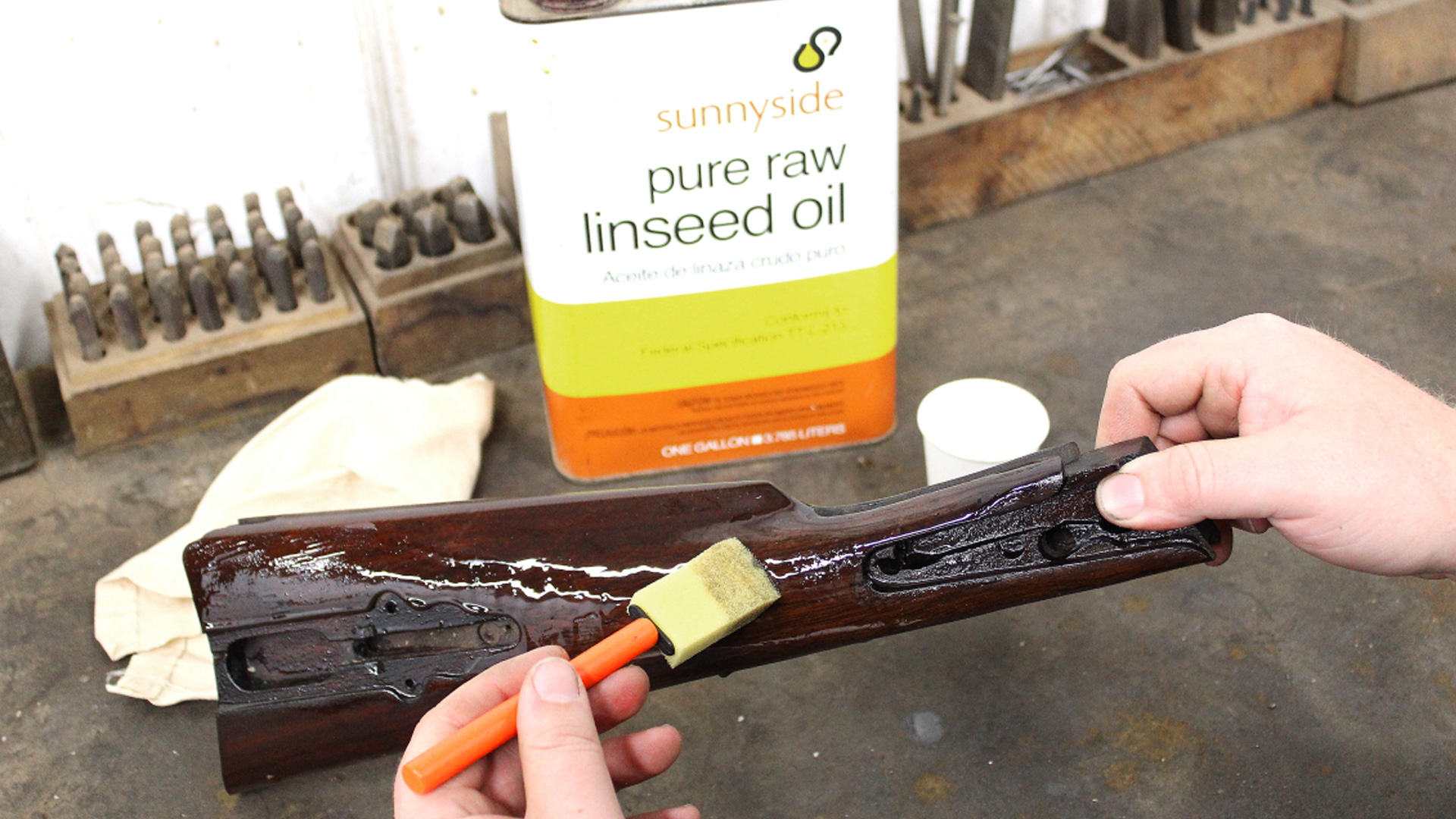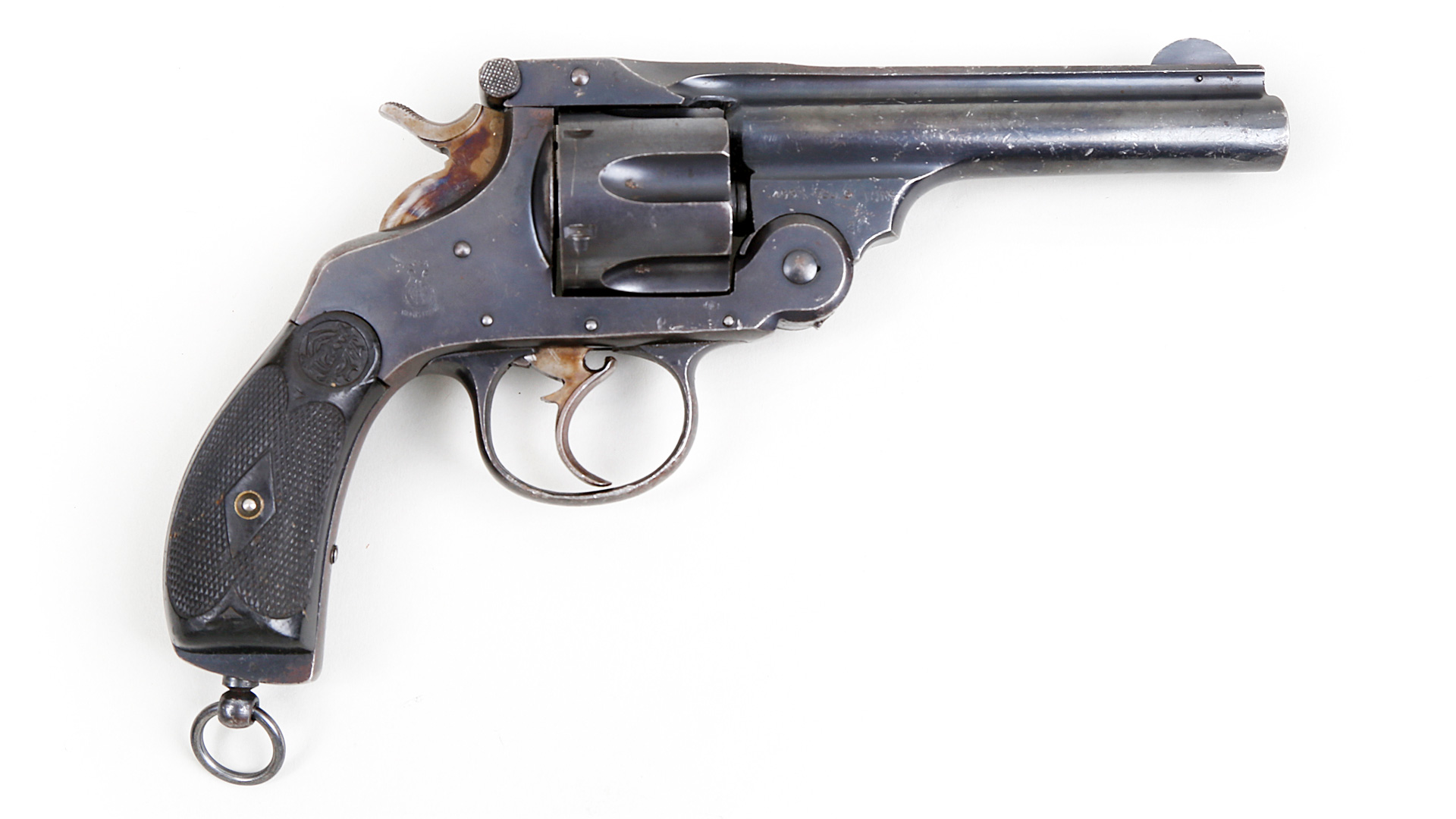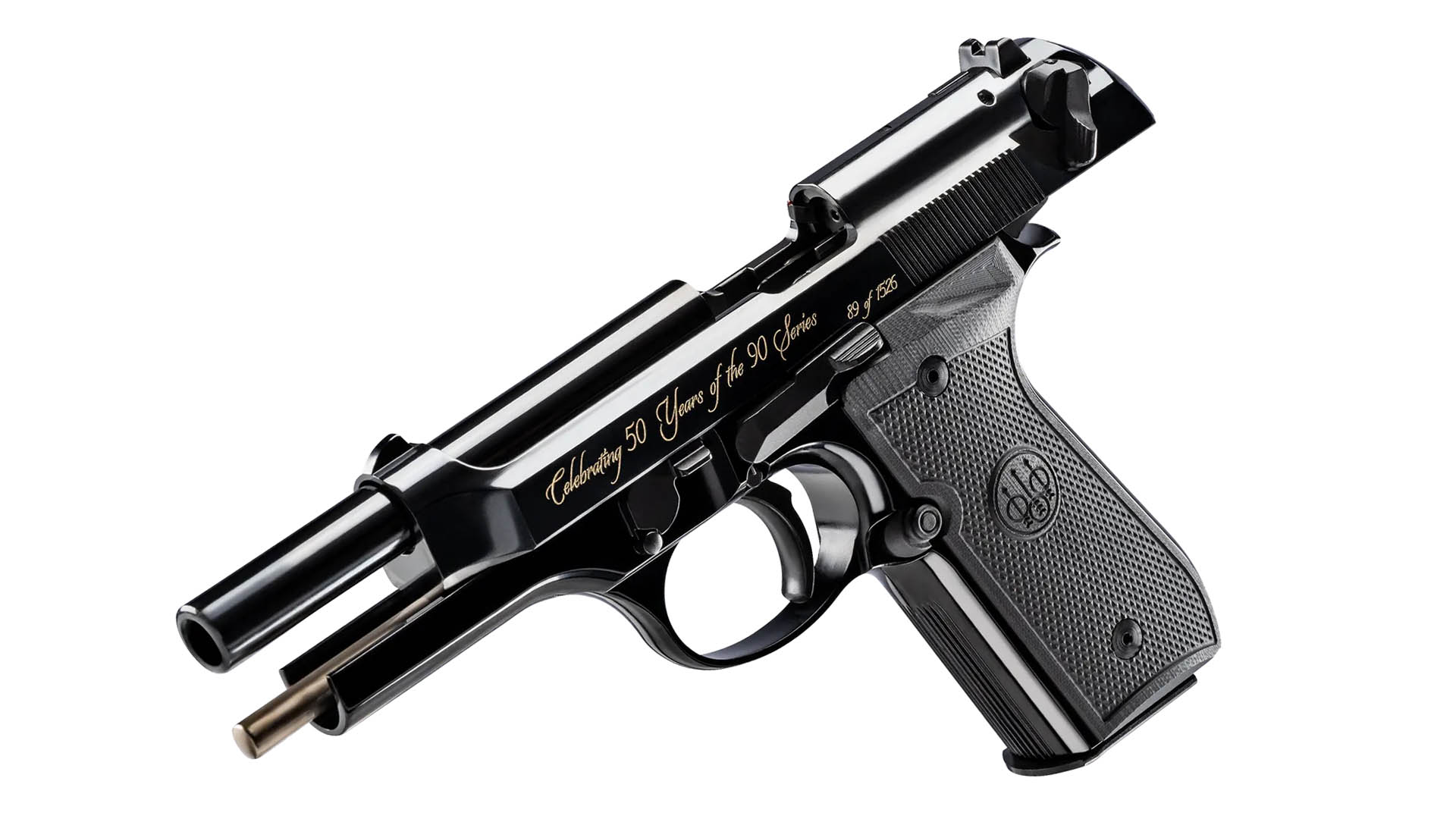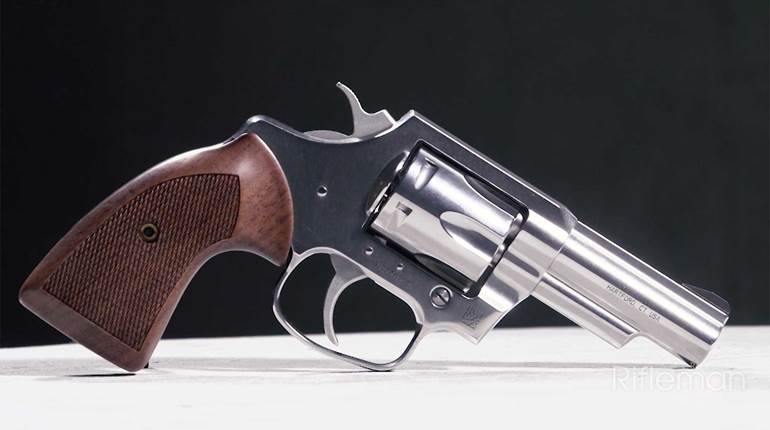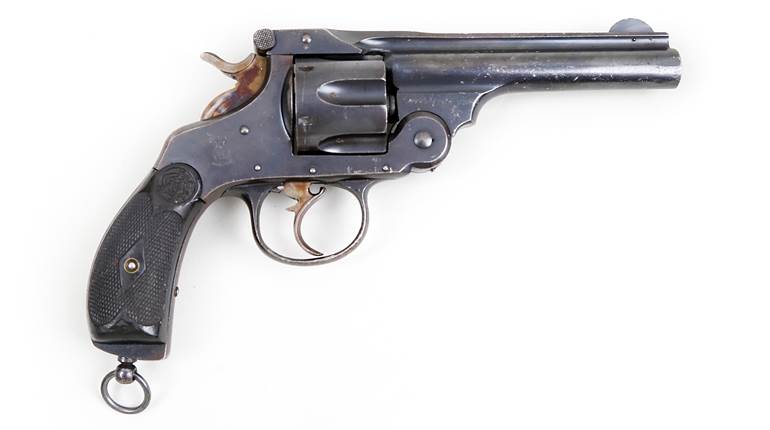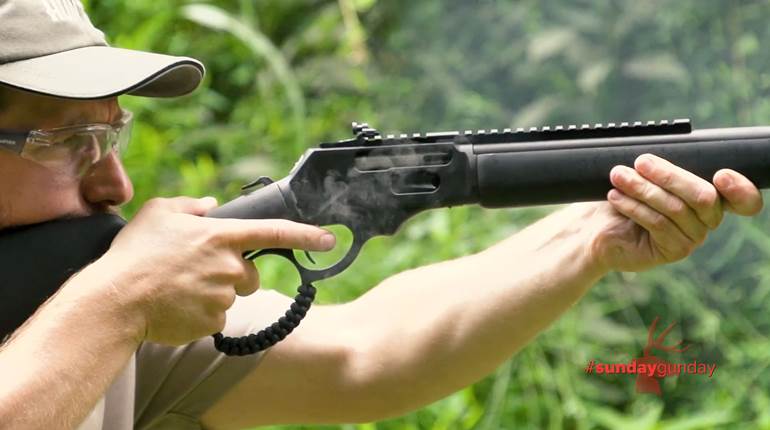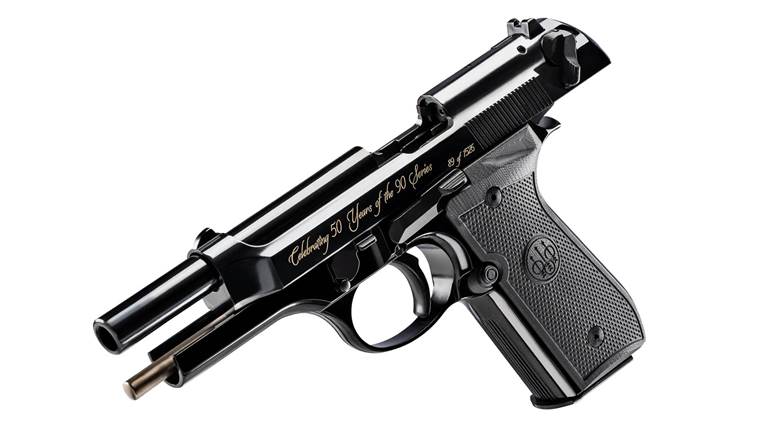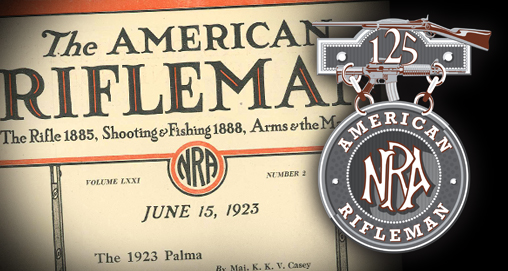
From the Managing Editor
"Joining the staff of The American Rifleman 32 years ago, back in 1979, was a pretty bracing experience for an ex-newspaper guy who as a kid bought the magazine off a counter rack at Fulstow’s Hardware in Norwalk, Ohio.
NRA’s magazine was the place where editors like the demanding and knowledgeable Walter Howe and the erudite professional Ashley Halsey commanded. Halsey, some believe, was the inspiration, the drum beater who used the Rifleman’s pages to relentlessly warn gun owners of the attacks on the Second Amendment that bore fruit in the creation of the NRA Institute for Legislation Action (ILA). Though this came after Halsey’s retirement in the mid-1970s under the leadership of men like Harlon B. Carter, Halsey likely was NRA’s Thomas Paine.
The Rifleman, always called TAR by staffers, is a shooting world print institution very much about people, whether it was colorful writers like 'Hell I Was There' Elmer Keith or the more professorial Col. Townsend Whelen, or master crow hunter Bert Popowski, writers old timers will remember well. It is also the self-effacing personalities who served on the staff, Gen. Julian Hatcher, Col. E.H. Harrison, or M.D. 'Bud' Waite. All labored at 1600 Rhode Island Ave. NW, in Washington, D.C., NRA’s home until 1994.
William F. Parkerson, III, had recently succeeded Ken Warner as editor when he hired me away from ILA in September 1979. Warner left for the perch at Gun Digest that the esteemed John T. Amber had long occupied, but Parkerson earned his stripes right out of the University of Virginia under Halsey, a man he still holds in immense esteem.
The magazine’s number two figure was Pete Dickey, Col. Harrison’s successor as the Rifleman’s technical editor. Dickey was easily the most compelling force on the magazine’s staff. A legend among firearms cognoscenti from Europe to South America, the former manager of the famed import firm Firearms International, Dickey was an inventor without portfolio—the Star PD pistol is named for him—and a father figure and moral force for most of us on the staff. Yet he was an unlikely choice for the Rifleman staff, an industry insider on a magazine by tradition was beholden to NRA’s members, not the gun business world. Not to worry.
Dickey ran the technical staff, which then included Bob Sears, C.E. Harris, who were and soon joined by Bob Hunnicutt, a one man gang in putting out the magazine. Lud Olson, the Mauser authority, retired just before I came on board. The tech staff was TAR’s heart in those days, testing new firearms and producing the Dope Bag’s gun and equipment tests and many of the feature articles. Dickey managed this staff of real characters relentlessly while personally hand writing—Pete didn’t type—a feature article every month of his 20-year tenure. This was a feat likely never matched by anyone on the staff. Older TAR readers may recall his comprehensive treatment of the famed Winchester Models 70 and 52 rifles, for example, or, as a diversion, his creation of a slick takedown Winchester Model 94. Dickey didn’t take mistakes lightly, and shading the truth with him, as more than one TAR hand found, was professional suicide.
'From the first day he walked into the NRA building until the day he retired, Pete was the soul and conscience of the American Rifleman,' said former editor Parkerson from his retirement home in Florida. As the magazine’s managing editor for 15 years of Pete’s 20 years on the magazine staff, I could say no more. It’s both tempting and hard to write about Pete, who hated to have his name in print and liked neither adulation nor, quite frankly, a great many people, particularly stuffed shirts."
—Ron Keysor, Managing Editor, The American Rifleman, 1979-1995
From The Art Director
"In 1978 we designed American Rifleman in thumbnail sketch form, set our type on paper-tape driven phototypesetting machines (some of it still on hot metal line-o-type machines built in 1903), pasted the pages together like jigsaw puzzles using hot wax glue and sent them off to a litho house where they photographed each page and image and assembled the whole in eight to ten layers of film per page. The prepress house then burned composite film, pulled color Kodak proofs at $300 per spread and sent the entire thing back to the editors and designers to check everything for stripping errors. Production of a magazine was an industry in itself, and that was even before final film went to the printer. This process cost a small fortune and supported seven or eight full-time, highly specialized professions.
Then in the 1990’s along came the Macintosh computer and seven of those eight professions disappeared overnight. The last remaining professional in this process now accomplishes all eight of those steps with the help of his or her Mac. That professional is the graphic designer. The up-side of this is that each month we designers save the association that small fortune. The down side is that there are no longer any linotype shops around to provide our tech editor with an endless supply of used lead for reloading.
No one looks back on that process with nostalgia. It wasn’t just expensive. It was messy, time-consuming and labor-intensive. I do look back on that time with a bit of nostalgia, however. NRA Publications, in the '70s and '80s was a fun place to work. Everyone on the staff had a nickname, usually inspired by an odd personality quirk or embarrassing bit of personal history. The editor’s nickname was ‘Eddie’ which was short for ‘Ediphant,’ which in turn combined the words editor and sycophant (all of us minions were sycophants to Eddie). The managing editor bore the name ‘Todd’ for Todd DiLaBounta of Saturday Night Live fame and another editor was known affectionately as ‘Steel Balls.’ We won’t go into the origin of that nickname.
I had not one, but three nicknames (reflecting more than my share of odd personality quirks). I was known alternately as ‘Wax,’ for the glue used in paste-up, ‘Wolfman Jack’ and ‘The Wind,’ arising from my habit of blowing through the design studio in a panic rush and sending half the page proofs push-pinned to the wall fluttering across the room. Our photographer was called ‘Poppa’ for papparazzi. Everything was ‘boffo’ to Poppa. Editorial meetings were euphemistically referred to as ‘Doggy Whips,’ a term that had only tangential basis in the editor’s divide-and-conquer management style.
I should say that I had, and still have, the greatest respect for our editor, in part for his tireless defense of the magazine’s editorial integrity and in part for the fact that his job was considerably harder than mine. Managing designers is like herding cats. Managing that particular team of editors was more like herding billiard balls. Eddie was the ringmaster in what could appear, to the uninitiated, as a comic three-ring circus. He kept us all focused, more or less in line and relatively on schedule. He was the chief reason that, despite our odd collection of quirky personalities and quite a bit of embarrassing personal history, we put out an amazingly professional and well-respected editorial product."
—Harry Lloyd Jaecks, Art Director, NRA Publications, 1978-













